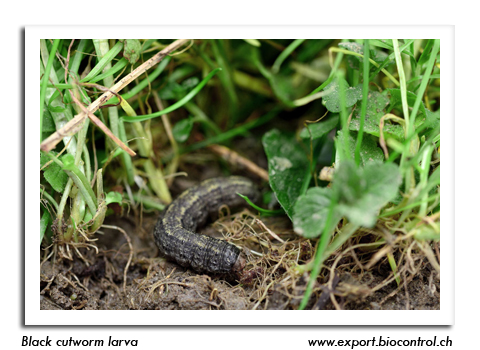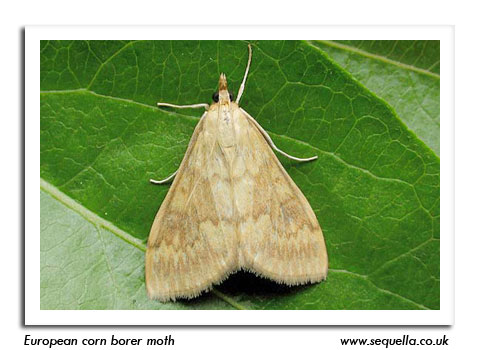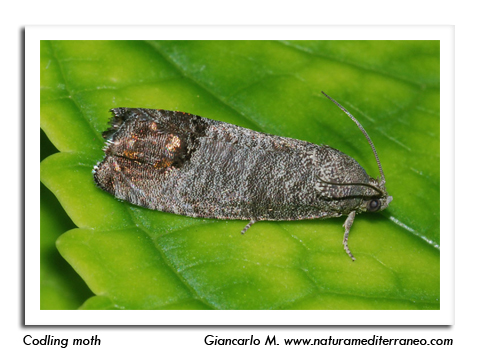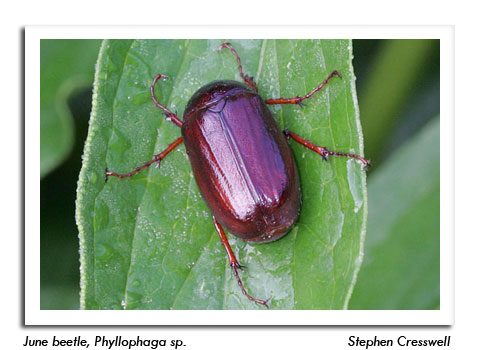
 |
|
|
Looking Ahead
Volume 65 Number 5 Date 05/28/2020 BLACK CUTWORM - The peak cutworm damage window for seedling corn has opened in far southern Wisconsin. Much of the state's corn acreage is under a low threat of larval infestation this year based on early field preparation and the relatively late arrival of significant moth flights. However, localized infestations are still possible in fields with dense spring weed growth, reduced and no-till corn, and late plantings. Scouting corn, including Bt hybrids, over the next three weeks is particularly important. The economic threshold for black cutworm is reached if 3% of plants have been cut and larvae are still present in the field. Spot treatment is an option for sites with patchy damage. EUROPEAN CORN BORER - Degree day accumulations near Beloit, Lone Rock and Madison have reached the 374 units (modified base 50°F) required for the spring flight to begin, though substantial moth activity is unlikely until mid-June. Black light trap contents should be closely examined during the next two weeks for any early moths. CODLING MOTH - Emergence of spring moths began in southern Wisconsin apple orchards this week. Twelve cooperating sites reported counts of 1-21 moths, and with the warm dusk temperatures, most registered a strong flight. Codling moth flight occurs consistently between 6:00 pm and 11:00 pm in Wisconsin, and winds must be between 3-5 mph with temperatures above 62°F and no rain for mating to occur. For orchards where the spring CM flight has not started, daily trap monitoring is critical until the biofix has been determined. TRUE ARMYWORM - Moderate local flights have been documented at a few trapping locations this month, signaling that growers should anticipate armyworm caterpillars migrating into perimeter row corn plants in 2-3 weeks. The Columbia, Manitowoc, Fond du Lac and Rock County black light trap sites registered significant captures of 39-64 moths from May 21-27, and larvae from earlier flights are now being collected in alfalfa sweep net samples. JUNE BEETLE - Adult June beetles are emerging and recent black light trap counts indicate that locally heavy populations should be expected. DATCP cooperators from Walworth to Marathon County recorded large beetle captures in the past week. Foliar feeding damage caused by the adult stage of the June beetle is usually isolated and brief, and control is rarely warranted. EURASIAN HEMP BORER - Moths began emerging in a Delevan greenhouse on May 26, the exact same date as in 2019. The appearance of adults signals that egg laying on the leaves and stalks of indoor hemp plants is beginning. The larvae of this small moth are considered one of the most destructive hemp pests, therefore routine inspection of greenhouse plants for moths is recommended starting next week. The biological insecticide Bt and natural enemies such as parasitic Trichogramma wasps are control options for IPM programs. -- Krista Hamilton, DATCP Entomologist 


.jpg)


|
|
|